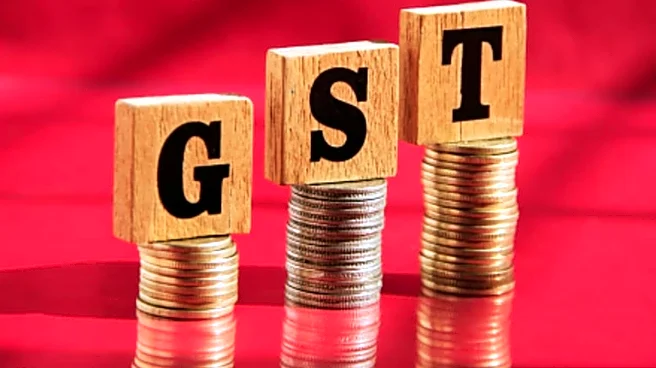What is the story about?
The Goods and Services Tax (GST) is set for a major overhaul. From September 22, a new two-slab structure, 5% and 18%, with a 40% rate for luxury and ‘sin’ goods, will replace the current multi-tier system.
Announced by Prime Minister Narendra Modi on August 15 and cleared by the GST Council on September 3, the reform aims to simplify taxation, increase consumption and make India a more attractive destination for investors. Whether GST 2.0 can sharpen India’s global competitiveness will depend on how effectively it combines rate simplification with robust technology and policy execution.
Cutting Complexity to Lower Costs
A simplerGST lowers compliance costs and improves ease of doing business, both of which are important for global competitiveness. New Zealand’s 15% single-rate GST, with minimal exemptions, is a global benchmark for simplicity and predictable revenue. Singapore, too, shows similar efficiency with a 9% GST on most goods and services, reinforcing how clarity and consistency build business confidence.
India’s move to two principal slabs could deliver similar gains by reducing classification disputes and freeing companies to focus on operations rather than navigating complex tax codes.
Encouraging Investment and Trade
Simpler GST rates and easier compliance can attract foreign investors who value predictable rules. Multinationals look for stable and efficient tax systems before investing. If GST 2.0 is implemented well, it could make doing business in India easier and help exporters and manufacturers compete globally.
Balance and Revenue Sharing
Canada’s Harmonised Sales Tax (HST) experience shows the need to balance federal and provincial interests. India’s dual GST, split between the Centre and states, will require transparent revenue-sharing and a reliable IT backbone to maintain trust. A single national portal for filings and clear compensation mechanisms for states will be crucial to avoiding friction that could undermine investor confidence.
Guarding Against High-Rate Distortions
A 40% slab for luxury and ‘sin’ goods sends a clear policy signal but also raises the risk of tax evasion and black-market activity, a challenge seen in Brazil’s past VAT practices. India will need strong enforcement, through e-invoicing analytics, real-time reconciliation and targeted audits, to prevent misclassification and protect legitimate businesses from unfair competition.
GST 2.0 can indeed help make India more competitive on the world stage, but the outcome depends on execution. Clear tax slabs, a strong digital backbone and vigilant enforcement can turn the reform into a major tool for investment.
Do you find this article useful?
/images/ppid_59c68470-image-175854258121684843.webp)

/images/ppid_59c68470-image-17583400253698400.webp)
/images/ppid_59c68470-image-175835752323868313.webp)
/images/ppid_59c68470-image-175835261686681392.webp)
/images/ppid_59c68470-image-175851509648168094.webp)
/images/ppid_59c68470-image-175844002534551264.webp)
/images/ppid_59c68470-image-175852004074654288.webp)
/images/ppid_59c68470-image-175851758053098848.webp)


/images/ppid_a911dc6a-image-175826572956083007.webp)

/images/ppid_59c68470-image-17583550557014014.webp)
/images/ppid_59c68470-image-175835005661730158.webp)
/images/ppid_59c68470-image-175836006816489526.webp)